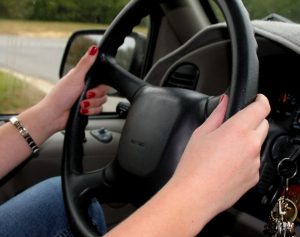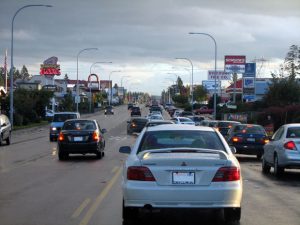A $19 million damage award for the widow of a fatal railroad car accident victim was affirmed in Missouri, finding the circuit court didn’t err when finding the railroad company 95 percent liable for failure to trim vegetation surrounding the railroad tracks. 
The appeal from the railroad company stemmed from the argument a new trial was warranted due to an alleged error by the trial court of not granting a motion for a new trial based on the intentional nondisclosures of prior car accident litigation by a juror. Ultimately, the state supreme court determined that defense attorneys could have discovered the juror’s litigation history had they re-ran her name through a standard background search once they became aware (at the juror’s notification) that her name was misspelled by the clerk of courts.
The case is worth noting for the fact that this is one of those errors that could potentially happen to either attorney in this case, and there are so many technicalities can impact the outcome. That’s why it’s so important to have an eagle-eyed personal injury attorney in Fort Lauderdale working on your behalf. Continue reading
 Broward Injury Lawyer Blog
Broward Injury Lawyer Blog












